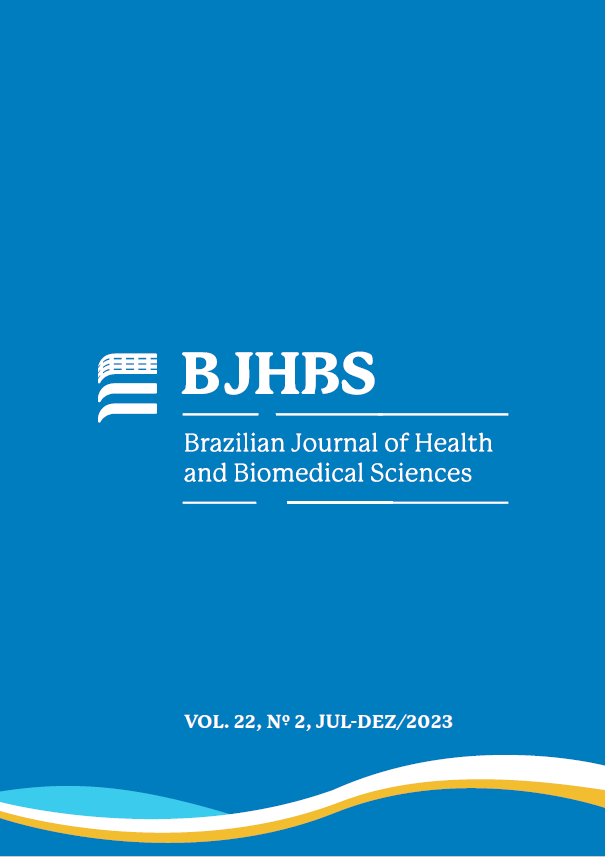Prevalence of vitamin D deficiency in children with sickle cell anemia: a systematic review
DOI:
https://doi.org/10.12957/bjhbs.2023.80047Resumo
Introduction: Sickle cell anemia is a highly prevalent genetic disease in the Brazilian population, mainly present in black ethnic groups from slave migration, as well as from the miscegenation process. It is a disease of clinical expression of the homozygosity of the hemoglobin S gene, which may be a genetic and/or hereditary disease, caused by the replacement of the normal residue of glutamic acid by the amino acid valine in the sixth position of the polypeptide chains of the beta-globin protein, generating biochemical alteration in the hemoglobin S molecules, which polymerize inside the erythrocyte and transform into a sickle cell. The possible lack of vitamin D may be linked to disease processes, as well as to the individual's painful crises. Objectives: To analyze whether or not there was a prevalence of vitamin D deficiency in children with sickle cell anemia, through a systematic review. Methodology: A systematic review was carried out by searching for original articles in the scientific databases: Pubmed, Science Direct, Lilacs and Scielo in the languages: English and Portuguese. Results: It was found that out of 10 articles, 8 showed the prevalence of vitamin D deficiency (< 20 ng/ml) in children with sickle cell anemia. Conclusion: The prevalence of vitamin D deficiency was high in patients with the disease, so that its supplementation may serve as a means of assisting in the treatment to improve the condition and prevent deficiency. However, more targeted studies with this association and/or intervention are needed to have more concrete results.
Downloads
Downloads
Publicado
Como Citar
Edição
Seção
Licença

Este trabalho está licenciado sob uma licença Creative Commons Attribution-NonCommercial 4.0 International License.
Termo de transferência de direitos autorais/conflitos de interesses: após o aceite final do artigo para publicação, os autores deverão enviar o termo de transferência dos direitos assinados pelo autor principal representando cada um dos autores. Neste termo deverão ser declarados quaisquer conflitos de interesses.
